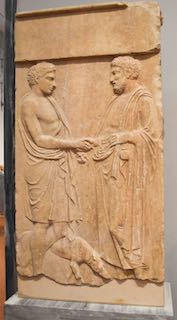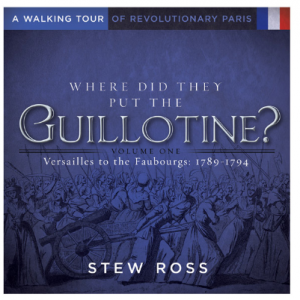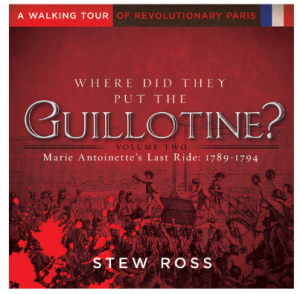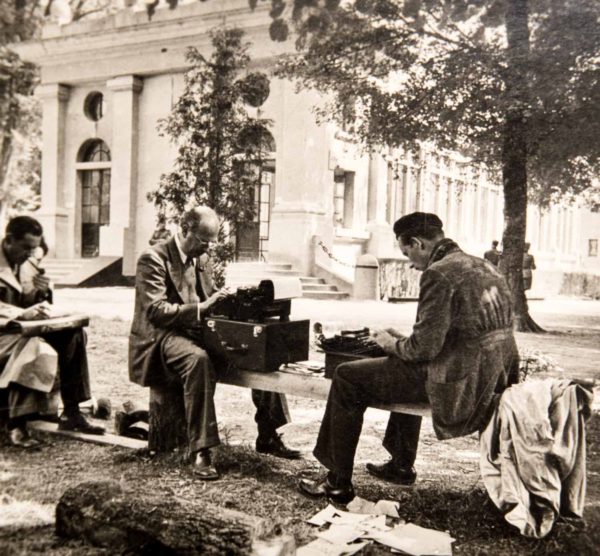He once told his son, “To be a leader or commander, you must have some ‘son of a bitch’ in you.” Well, Gen. Lucius Clay was certainly not short of that trait. Nicknamed “The Great Uncompromiser” or “The Kaiser,” Clay’s reputation was built on his ability to manage large construction projects and solve complicated logistic problems. Gen. Clay had his fingerprints on some of modern history’s iconic (and dangerous) military and political events.

It’s interesting how a blog evolves. I decided to write about Gen. Clay and his role in solving supply chain problems immediately after D-Day and that would be it. However, as I researched the general, I found he was involved in so many other important events that my original content kind of took a back seat to his other accomplishments.
REVOLUTIONARY PARIS – Volume One & Volume Two
These books are about Paris. They are about the places, buildings, sites, people, and streets that were important parts of the French Revolution. You are about to enter a journey into history beginning in 1789 at the village of Versailles with the procession of the Estates-General and ending on the Place de la Révolution with the execution of Maximilien Robespierre on 28 July 1794. This is your personal walking tour of the French Revolution as it occurred in Paris and Versailles.
Did You Know?
Did you know there is some really neat information out there that you can use at your next cocktail party to wow your friends?
Nine out of every ten living things live in the ocean.
Peanut oil is used for cooking in submarines. It doesn’t smoke unless heated > 450oF.
In ancient times, strangers shook hands to show they were unarmed.




